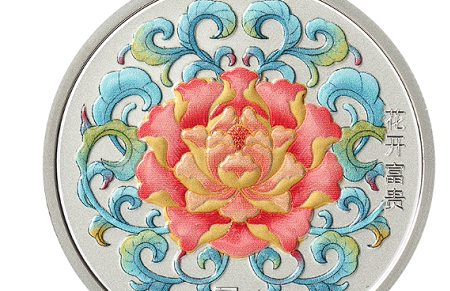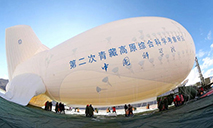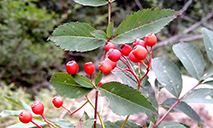Chinese researchers find archaeological evidence of brisk incense trade along Silk Road
Chemical analyses conducted by Chinese researchers found that incense discovered from an underground palace dating back to the Tang Dynasty (618-907) shows archaeological evidence of incense trade along the ancient Silk Road.
The study, jointly carried out by researchers from the University of Chinese Academy of Sciences (UCAS), the Palace Museum and the Famen Temple Museum, was recently published online in the Proceedings of the National Academy of Sciences.
The researchers analyzed three incense samples found in the underground palace in Famen Temple, an influential temple located in northwest China's Shaanxi Province renowned for housing the sacred finger bone sarira of Sakyamuni Buddha.
The yellow aromatic substance from one sample was identified as elemi, which is common in Southeast Asian countries and southeast China. It is the first physical evidence of elemi in the Tang Dynasty found in China, said Ren Meng, with the Palace Museum.
Another sample was identified as a compound of agarwood and frankincense, providing the earliest evidence of Hexiang (blending of aromatics) in ancient China.
Frankincense is mainly distributed along the Red Sea coast, Arabian Peninsula and India. The study found that frankincense and its products had been introduced into Chang'an in the Tang Dynasty, which is today's Xi'an, Ren added.
The research confirmed that the aromatics found in the temple were introduced from overseas to China's ancient capital through the Silk Road by land or by sea and used in the underground palace to worship sarira. It is a historical testimony to the prosperity of the Silk Road, the booming trade of incense, and the development of Buddhism during that period, said Yang Yimin, a professor at UCAS.
Photos
 China’s central bank to issue commemorative coins on cultural theme of auspiciousness, including two heart-shaped coins
China’s central bank to issue commemorative coins on cultural theme of auspiciousness, including two heart-shaped coins Population of endangered black-headed gulls exceeds 10,000 mark in NE China’s coastal city of Panjin
Population of endangered black-headed gulls exceeds 10,000 mark in NE China’s coastal city of Panjin China's self-developed floating airship breaks record
China's self-developed floating airship breaks record Chinese germplasm bank conserves biodiversity in warm temperate zone
Chinese germplasm bank conserves biodiversity in warm temperate zone
Related Stories
- Revival of ancient Silk Road to strengthen regional connectivity: Pakistani envoy
- China-Arab e-commerce trade booms along "online Silk Road"
- Quanzhou sees archaeological breakthroughs on Maritime Silk Roads trade
- 5th China Maritime Silk Road Int'l Brand Exposition held in Shishi, SE China's Fujian
- Exhibition of 3rd Silk Road Int'l Cultural Expo held in Dunhuang
- Impregnable Jiayuguan Fortress
- 1st Silk Road International Cultural Expo kicks off in Dunhuang
- 1st Silk Road International Cultural Expo held in China's Dunhuang
- Actors perform during melodrama featuring silk road culture in Dunhuang
- Xi congratulates first Silk Road International Cultural Expo
Copyright © 2022 People's Daily Online. All Rights Reserved.






